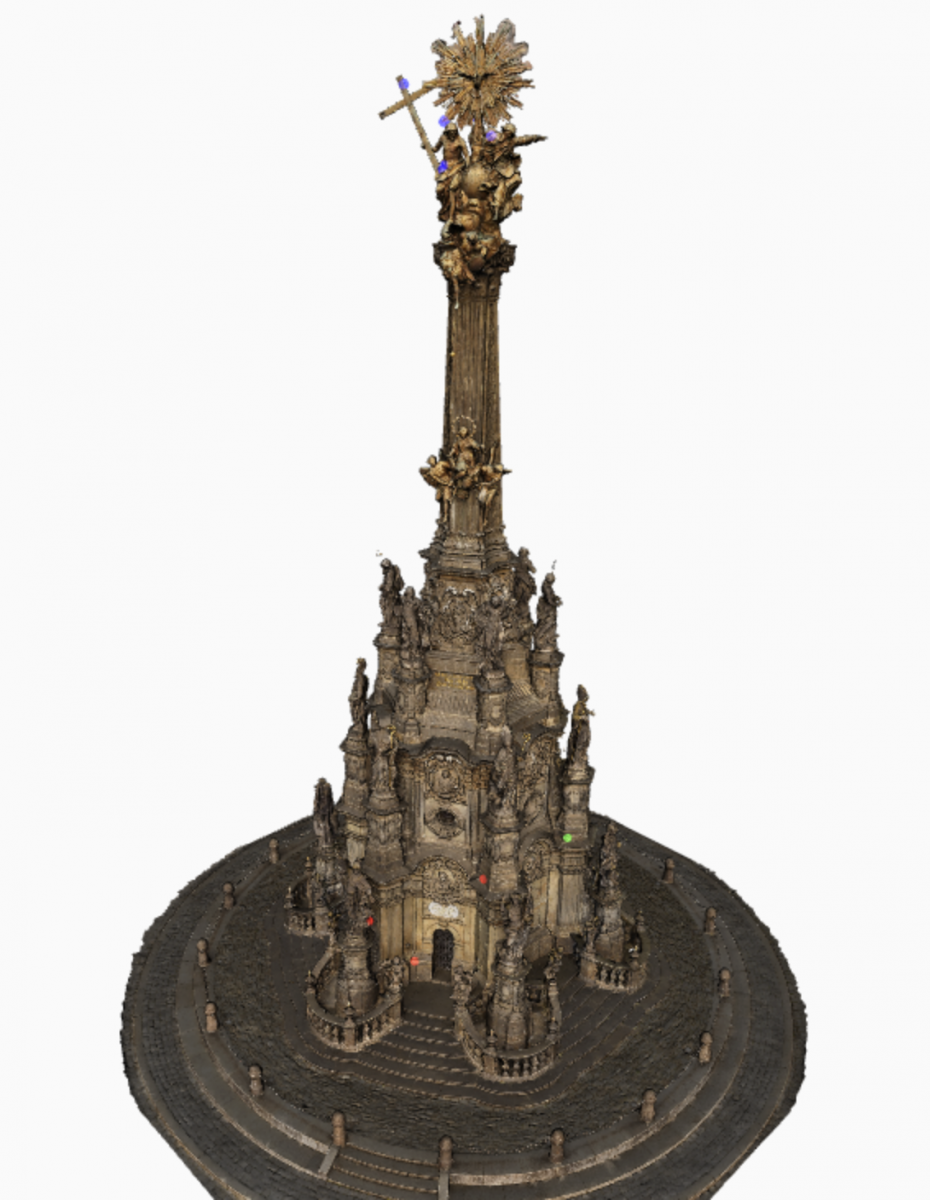
Experts from the Joint Laboratory of Optics of Palacký University and the Institute of Physics of the Czech Academy of Sciences are assisting restorers with the ongoing renovation of the Holy Trinity Column in Olomouc, a UNESCO World Heritage Site. Over the past several weeks, chemists, physicists, and geoinformatics specialists have conducted a detailed examination of the monument’s gilded sections. The data collected will guide restorers in carrying out a sensitive and scientifically informed restoration of this Baroque landmark.